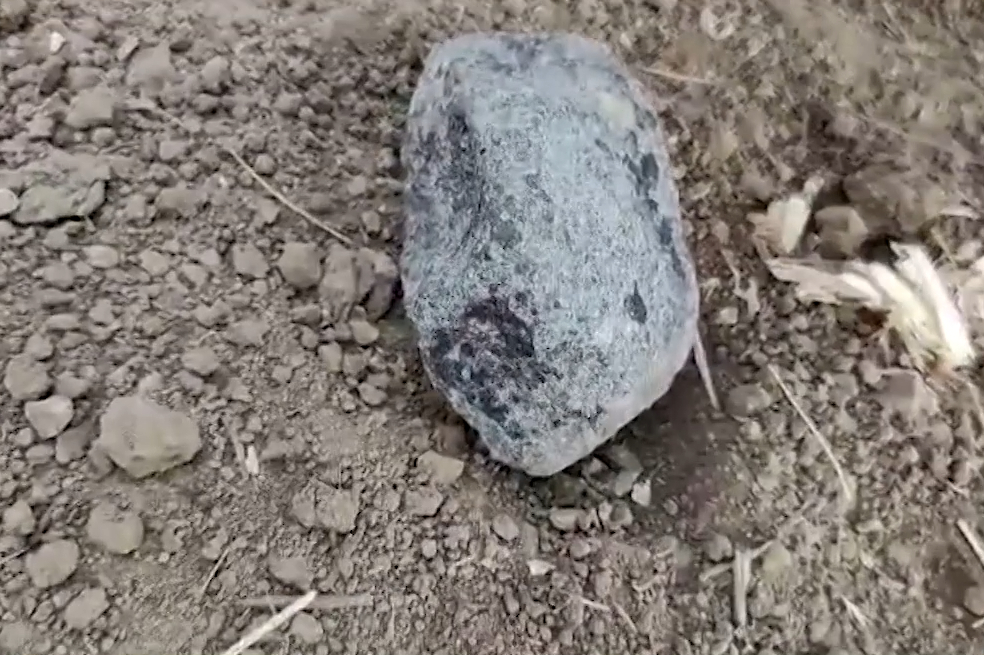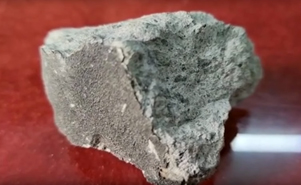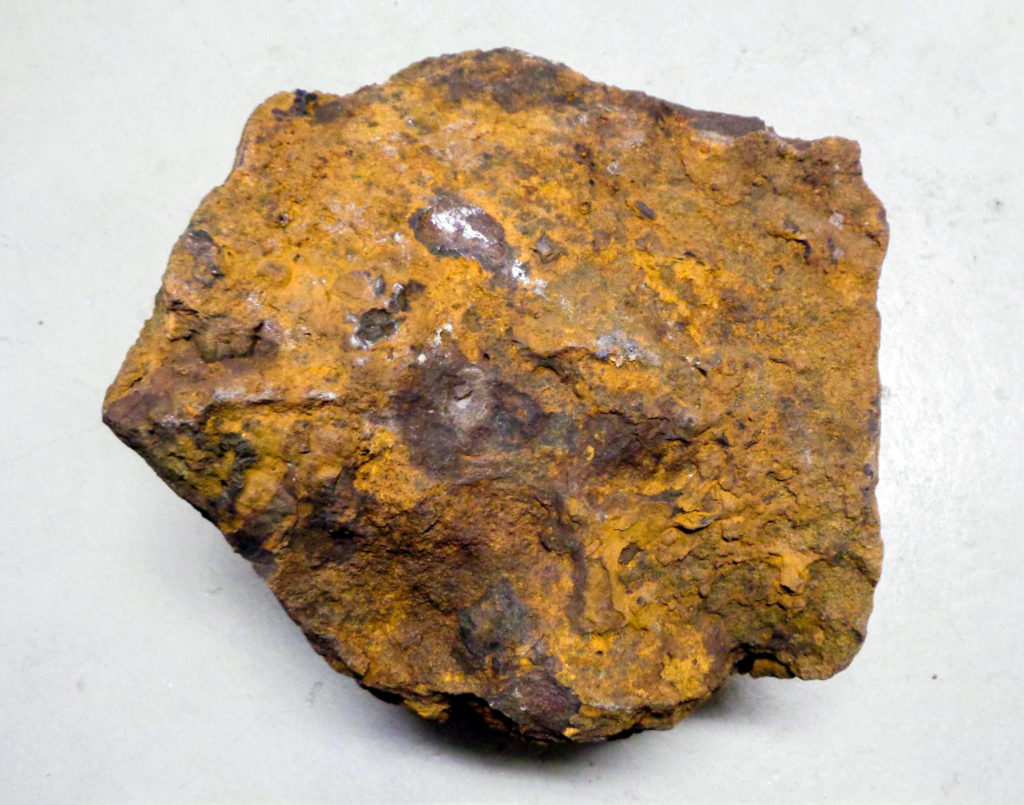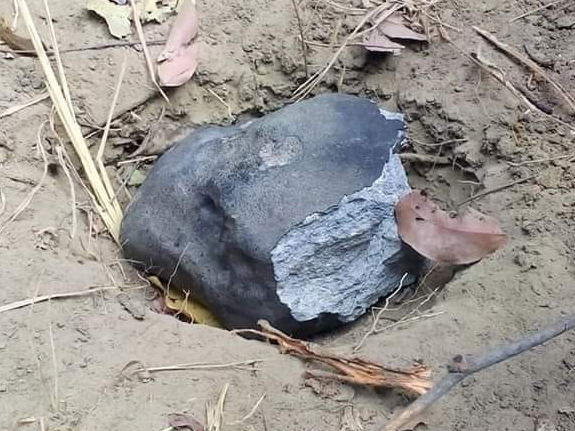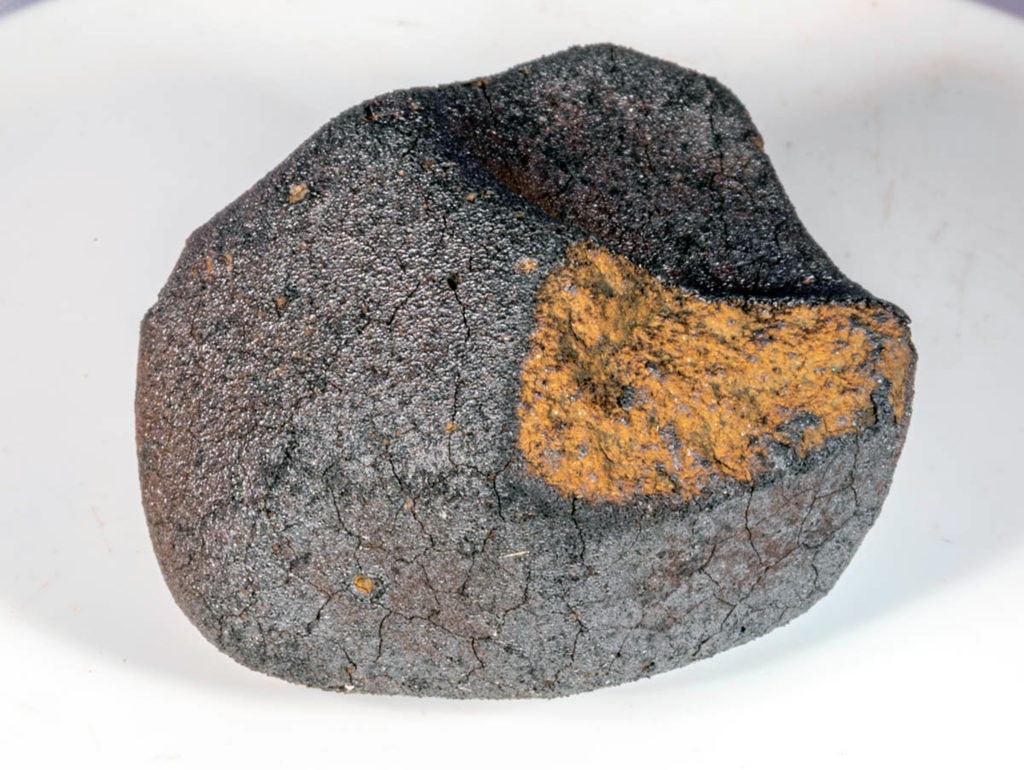Asteroids fail to retain cometary impact signaturesOPEN ACCESS
Sarah Joiret, Guillaume Avice, Ludovic Ferrière, Zoë M. Leinhardt, Simon Lock, Alexandre Mechineau, Sean N. Raymond
preprint, Draft version July 2, 2025
Update (31 July 2025):
The Planetary Science Journal, Volume 6, Number 7, Published 31 July 2025
LINK (OPEN ACCESS)
PDF (OPEN ACCESS)
“A bombardment of comets is thought to have occurred in the inner solar system as a result of a dynamical instability among the giant planets after gas disk dispersal. Vesta, the second largest asteroid in the main asteroid belt, likely differentiated before gas disk dispersal, implying its crust witnessed the cometary bombardment. The composition of HED meteorites, which represent fragments of Vesta’s crust, could therefore have been altered by cometary impacts. Here we combine noble gas mass spectrometry measurements, N-body simulations, collision rate calculations, and impact simulations to estimate the cometary contribution to Vesta. While our dynamical simulations indicate that Vesta likely underwent a significant number of collisions with large comets, we find no xenon cometary signature in HED meteorites. This apparent contradiction arises due to the fact that cometary impacts were at high speeds and Vesta’s weak gravitational attraction made it incapable of retaining cometary material. Smaller asteroids are even less likely to retain such material. Therefore, if a cometary xenon signature is ever detected in an asteroid belt object, it must have been acquired during formation, within the same source region as comet 67P/Churyumov-Gerasimenko, and have been implanted later into the asteroid belt.”


